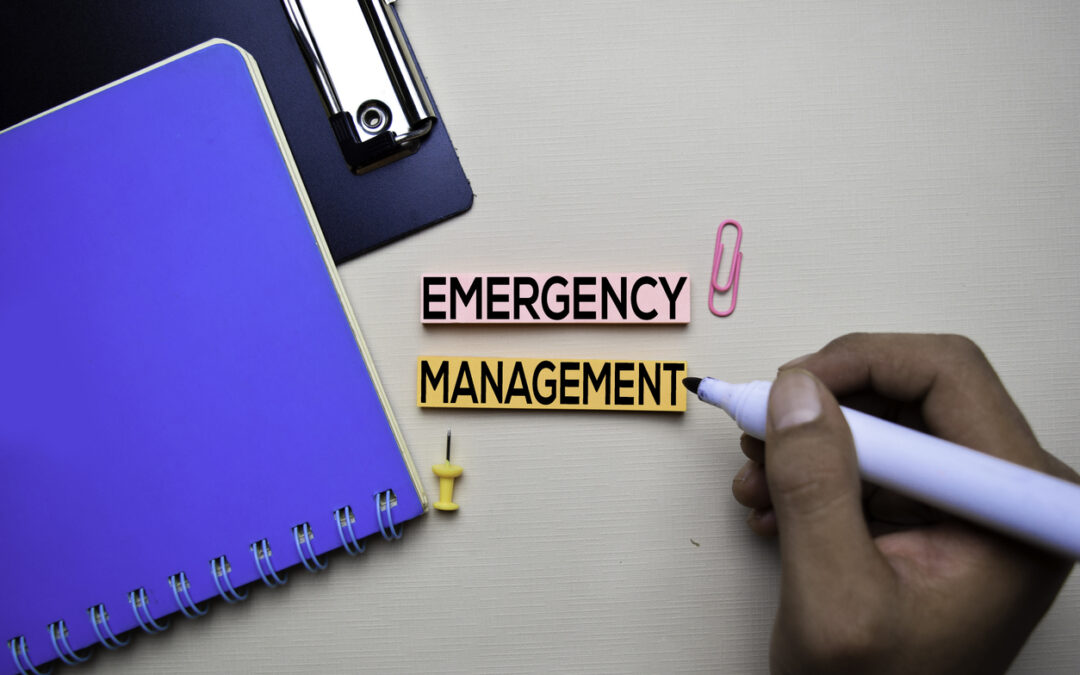A comprehensive disaster damage assessment is essential for securing funding and ensuring a smooth recovery process. Public entities rely on these assessments to document damage, prioritize repairs, and strengthen funding applications, whether through insurance, federal assistance, or grants. Here’s how public entities can maximize funding through meticulous documentation and strategic planning.
Why a Detailed Damage Assessment Matters
A thorough disaster damage assessment provides the foundation for a successful recovery, offering clear data for funding applications and guiding resource allocation.
- Secures Funding: Accurate assessments are critical for insurance claims and federal assistance, providing necessary proof of damages and repair needs.
- Supports Prioritization: Assessment data helps prioritize the most critical repairs, ensuring resources go where they’re most needed.
- Strengthens Insurance Claims: Comprehensive documentation is essential for substantiating insurance claims, increasing the likelihood of full coverage.
Key Steps to Conducting a Thorough Damage Assessment
Conducting a comprehensive assessment involves several structured steps to capture accurate, actionable data.
1.Plan the Assessment
Preparation ensures an organized approach to cover all necessary areas.
- Assemble a Qualified Team: Include engineers, financial experts, and other specialists to provide detailed and reliable insights.
- Create a Checklist: Develop a checklist to ensure all necessary data is collected across damaged areas.
- Set Scope and Priorities: Focus on critical infrastructure, public buildings, and essential services.
2. Inspect and Document Damage
Thorough documentation of all damages creates a strong case for funding.
- Capture Photos and Videos: Collect clear, detailed visual evidence of damaged areas from multiple angles.
- Document with Written Descriptions: Record the type and severity of each instance of damage.
- Identify Structural and Functional Issues: Document damage to buildings, roads, utilities, and other critical infrastructure.
3. Estimate Repair Costs
Accurate cost estimates are crucial for funding applications, as they provide a clear picture of financial needs.
- Consult with Financial Experts: Work with financial analysts, engineers, or contractors to estimate costs for repairs and replacements.
- Include All Relevant Costs: Factor in labor, materials, and any specialized equipment.
- Consider Resilience Measures: Adding resilience upgrades (like floodproofing) in estimates can improve funding eligibility, as many programs prioritize projects that reduce future risks.
4. Compile a Comprehensive Report
A detailed assessment report consolidates findings, providing a structured document for funding applications.
- Organize by Priority: Highlight essential repairs to infrastructure, public safety, and critical services.
- Ensure Completeness and Accuracy: Verify that all documentation, estimates, and visual records are accurate and well-organized.
- Add Supporting Documentation: Include maintenance records or previous assessment data to provide context.
Using a Damage Assessment to Maximize Funding
A well-prepared damage assessment strengthens funding applications, offering a clear, credible picture of a disaster’s impact. Here’s how to leverage your assessment effectively:
1.Submit with Insurance Claims
Insurance companies require detailed documentation of damage to process claims. An organized assessment report can increase the likelihood of full coverage and prompt payments.
- Provide All Necessary Evidence: Include photos, cost estimates, and descriptions of damage.
- Follow Up as Needed: Be ready to provide additional documentation if the insurer requests more information.
2. Support Federal Funding Applications
Federal programs like FEMA’s Public Assistance (PA) and Community Development Block Grant – Disaster Recovery (CDBG-DR) require extensive documentation for funding eligibility. A thorough assessment strengthens these applications.
- Tailor to Program Requirements: Follow specific documentation guidelines for each funding program to maximize eligibility.
- Emphasize Public Safety and Critical Needs: Highlight repairs needed for public safety, as these are often prioritized in funding decisions.
3. Build a Case for State and Local Grants
State and local grants may have flexible criteria, but clear evidence of need is essential. A detailed assessment strengthens these applications by illustrating the impact on infrastructure and community welfare.
- Quantify Community Impact: Use assessment data to illustrate how damage affects the community, such as blocked emergency routes or utility disruptions.
- Highlight Cost-Efficiency: Showcase cost-effective solutions and resilience benefits to enhance funding appeal.
Common Challenges in Damage Assessments
Even with careful planning, challenges can arise. Here are some common issues and tips for addressing them:
- Limited Access to Sites: If continued hazards or flooding limits access, consider using drones or remote tools to gather evidence.
- Incomplete Documentation: Missing details weaken funding applications. Double-check all documentation for accuracy and completeness before submission.
- Inaccurate Cost Estimates: Estimates that are too high or too low can complicate funding. Working with qualified experts ensures reliable cost evaluations.
Summary: Key Steps to Maximize Funding with a Disaster Damage Assessment
- Plan the Assessment: Assemble a skilled team, create a checklist, and prioritize critical areas.
- Inspect and Document: Collect photos, videos, and detailed descriptions for all damaged areas.
- Estimate Costs: Consult experts to include labor, materials, and resilience upgrades in cost estimates.
- Compile a Comprehensive Report: Organize all findings in a structured report, prioritizing essential repairs.
- Use for Funding Applications: Submit the assessment to support insurance claims and funding applications, strengthening your case.
A thorough disaster damage assessment is essential for maximizing funding and ensuring a smooth recovery. At D.A. Lamont Consulting Services, we offer expert support in documenting, estimating, and organizing assessments to strengthen applications and maximize resources. Contact us to learn more about how we can support your disaster recovery planning with professional damage assessments.

